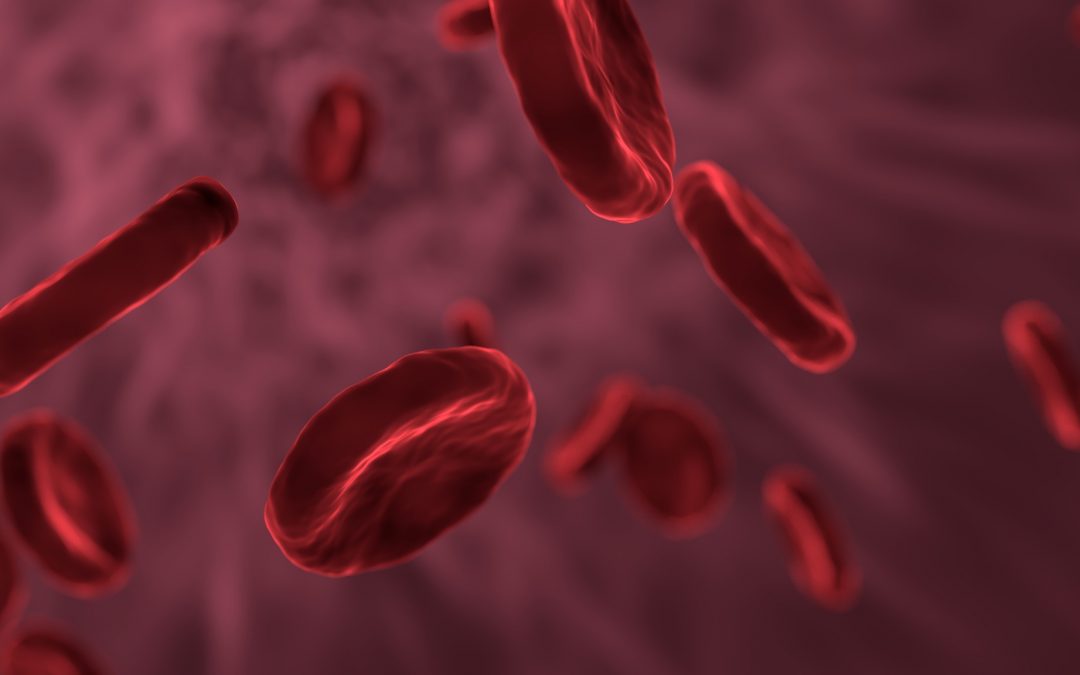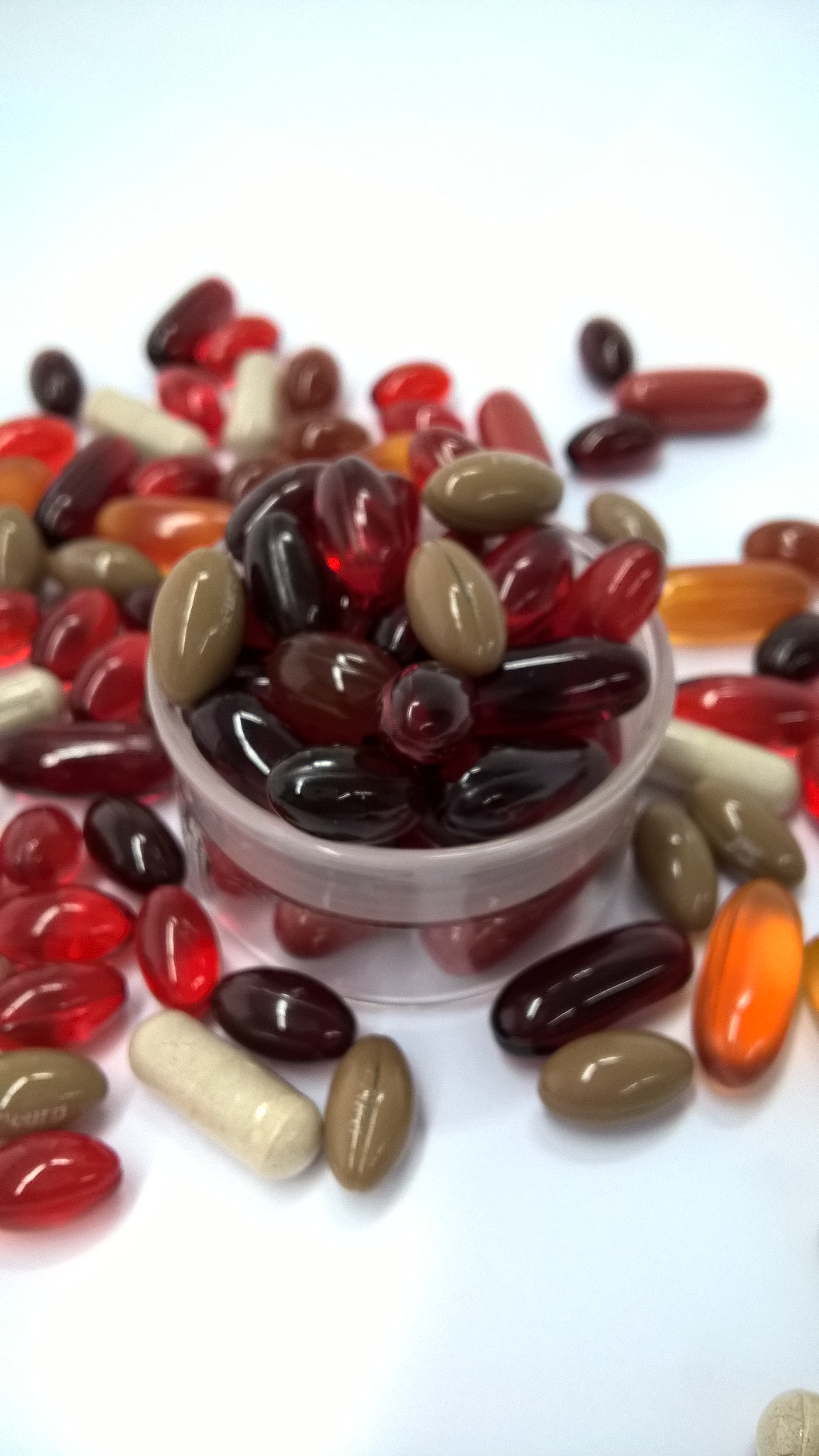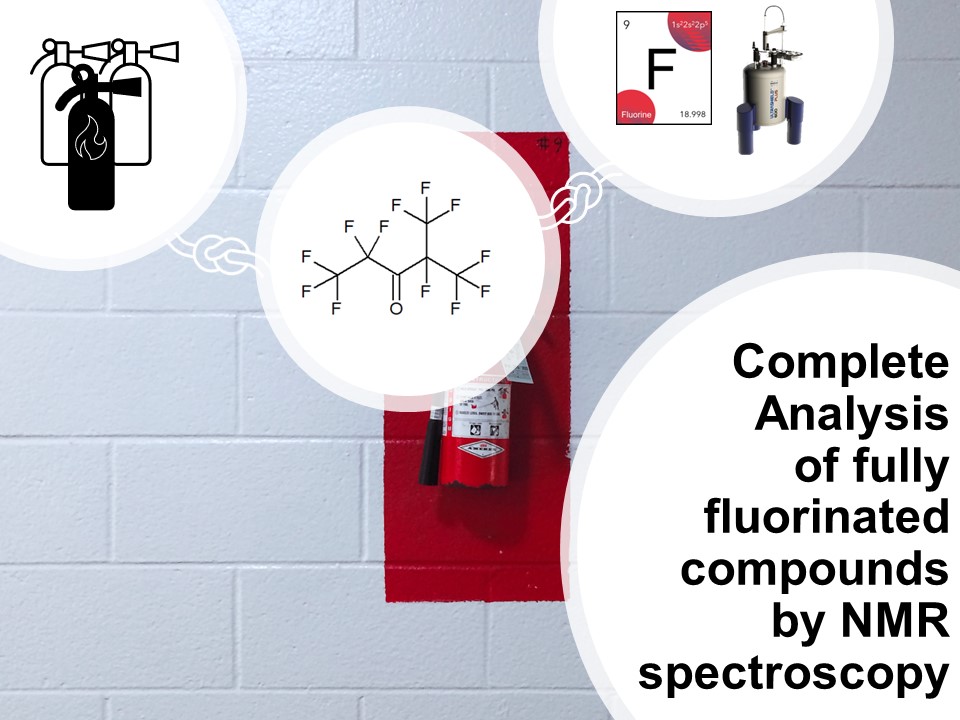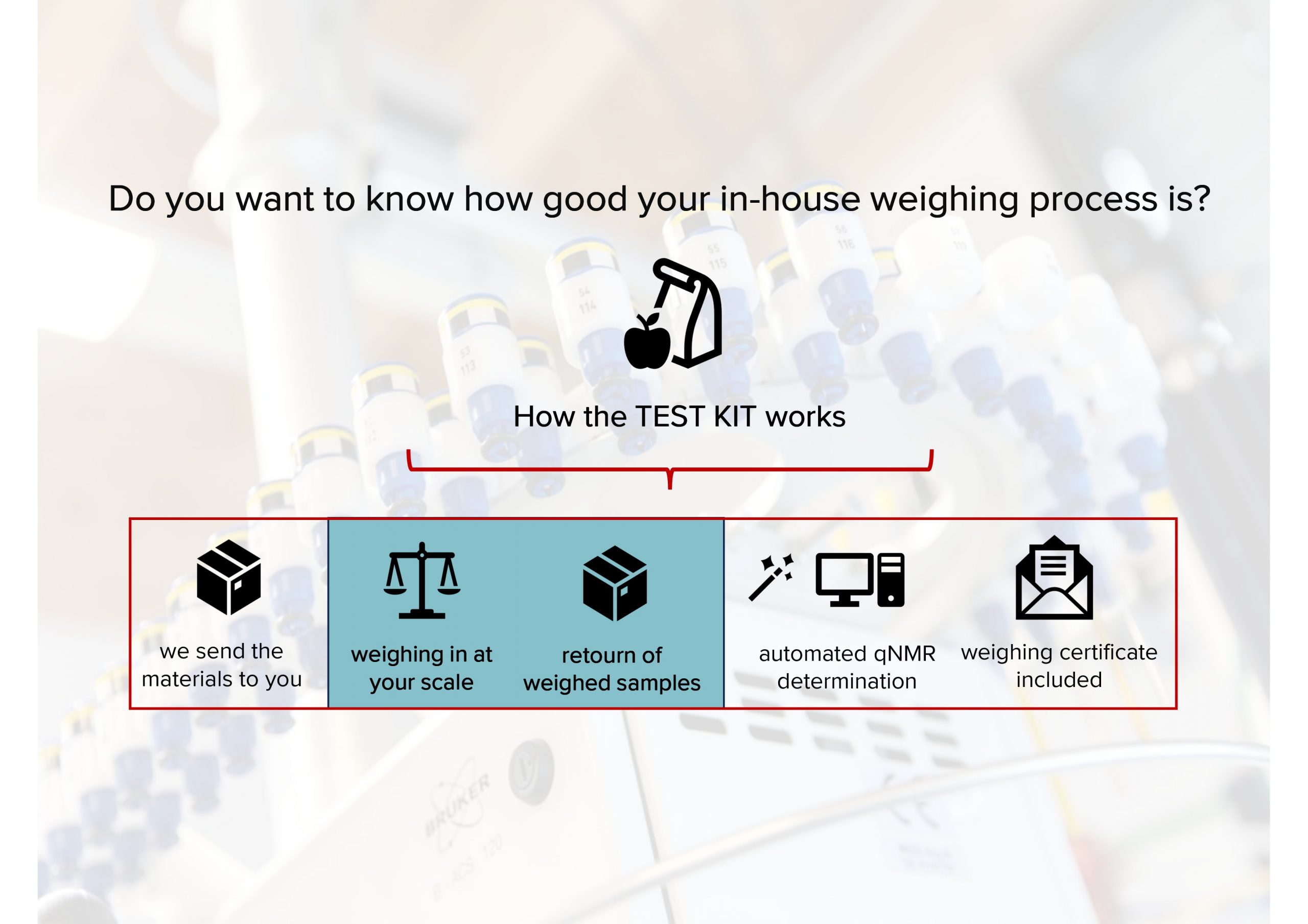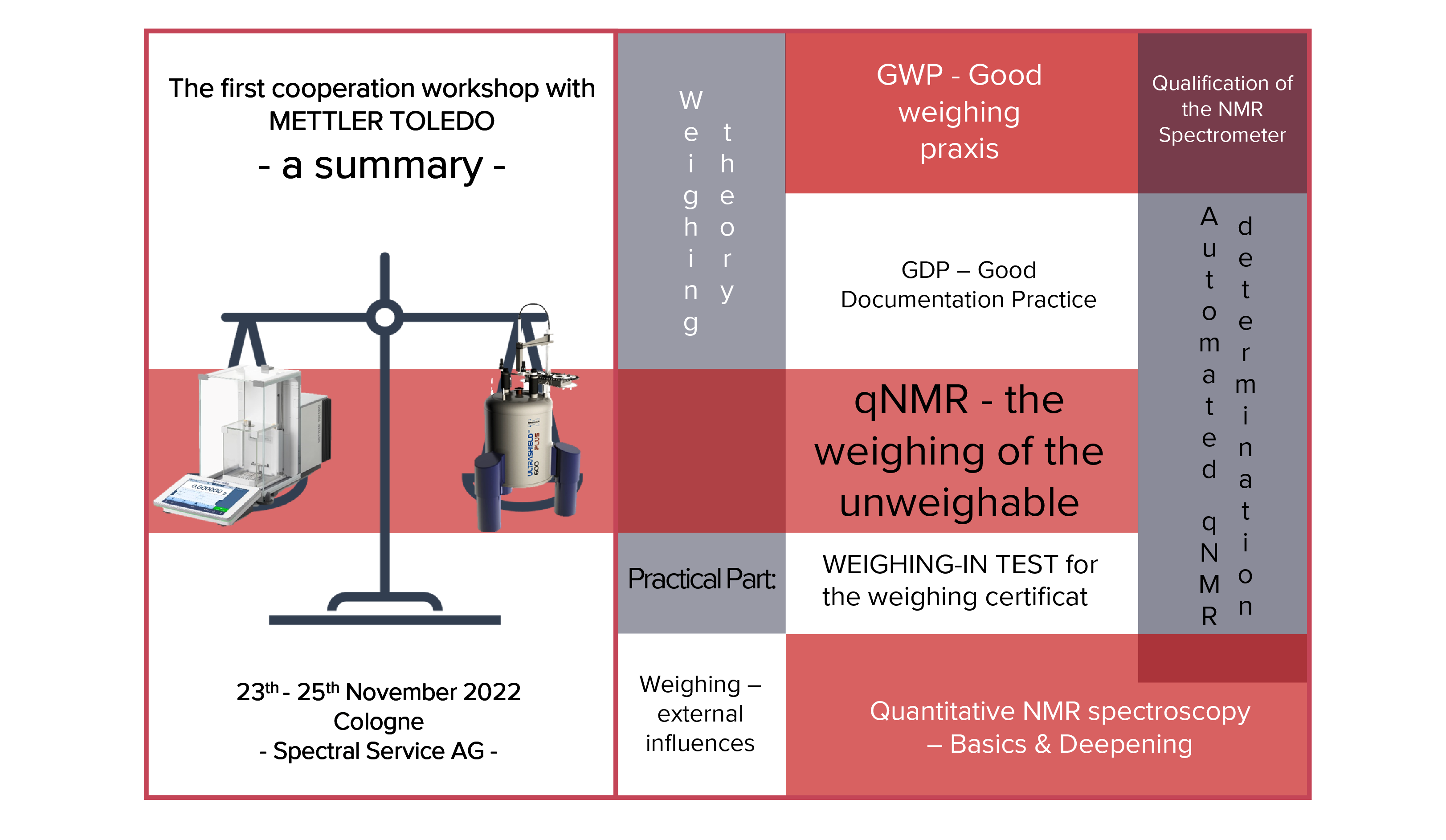Alcohol consumption plays an important role in numerous fatal traffic accidents, and other incidents like alcohol poisoning, or injuries. The analysis of blood alcohol concentration (BAC) in driving under influence (DUI) cases is a very important forensic evidence of a high conclusiveness in the forensic and laboratory medicine as well as the lawsuit. Conventionally BAC is measured with headspace gas chromatography (HS-GC) and enzymatic ADH. During the last decades, several alternative methods have been developed like biosensor. Most of the conventional techniques are destructive and time-consuming due to the required calibration procedure and the pre-preparation of the blood samples. But how can we overcome these disadvantages? Isn’t it possible to analyze the BAC out of only one drop (20 µL) of whole capillary blood from a finger or an earlobe – with a fast, accurate, precise and robust method? Yes, of course, with the NMR spectroscopy!
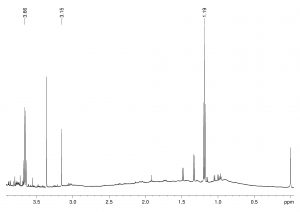
Fig. 1 1H NMR spectrum of a whole blood sample
Our aim is to simplify the sample preparation. Thus, we dissolve the 20 µL of blood in 1 mL D2O and an internal standard solution – and the sample is ready for the analysis. We neither need any centrifugation to get the serum nor any extraction steps, just dissolving. After finishing the sample preparation, the sample is analyzed within three minutes.
The method was tested with quality samples with a BAC of 0.0 ‰ to 3.0 ‰ according to International Conference on Harmonization (ICH) of Technical Requirements for the Registration of Pharmaceuticals for Human Use determining LOD and LOQ, specificity and selectivity, precision and intermediate precision, range, accuracy, sample stability and robustness. The limit of detection was 0.02 g/L and the limit of quantification 0.07 g/L. The repeatability of a 0.25 g/L sample was determined with a coefficient of variation of 1.53%, the reproducibility with 1.86% and a mean difference value of 0.73%. Linearity contributes to the uncritical parameter due to the high dynamic range of the NMR spectrometer. Furthermore, quantitative 1H NMR spectroscopy itself is linear because the response signal intensity is directly proportional to the amount of nuclei contributing to the respective signal. Thus, a calibration is not necessary for NMR spectroscopy. The method was evaluated as valid.
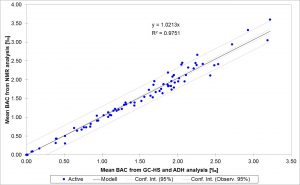
Fig. 2 Comparison of mean BAC, measured with HS-GC and ADH and with NMR
In addition, real DUI samples were analyzed with NMR and the conventionally used and accepted techniques, ADH and HS-GC. The mean BAC results were compared and evaluated. The regression line of the HS-GC-NMR comparison showed an equation for the curve of y = 1.0235x with the square correlation coefficient of 0.9759. The regression line of the ADH-NMR comparison indicated a curve equation of y = 1.0199x with the square correlation coefficient of 0.9607. 91% of the samples were located inside the 95% confidence interval. These values could be potential outliers, or more likely, the ethanol in the samples could volatilized during the storage time of several days and weeks. To reach more informative results, only very fresh DUI samples should be analyzed to prevent a changing ethanol content value.
The presented study was the very first one which presented the feasibility of 1H NMR spectroscopy for the analysis of BAC in 20 µL whole blood. The study demonstrated that the 1H NMR spectroscopy is a powerful tool for the analysis of BAC in whole blood.
More information: Zailer E, Diehl BWK. Alternative determination of blood alcohol concen tration by (1)H NMRspectroscopy. J Pharm Biomed Anal. 2016 Feb 5;119:59-64. doi: 10.1016/j.jpba.2015.11.030
Link to Sciencedirect.com
